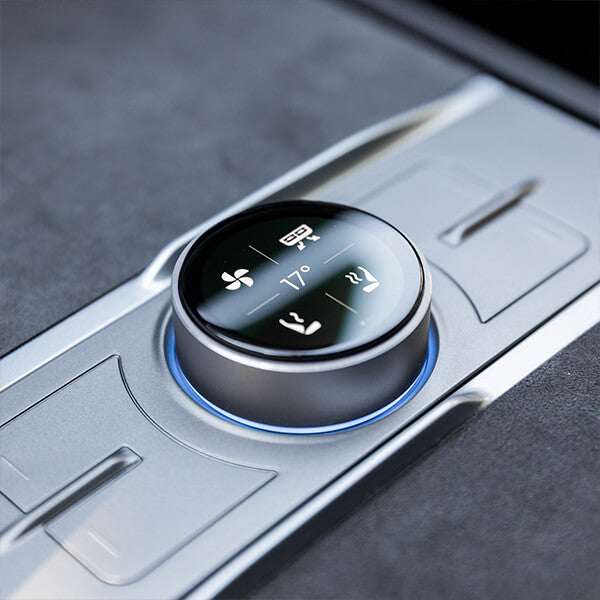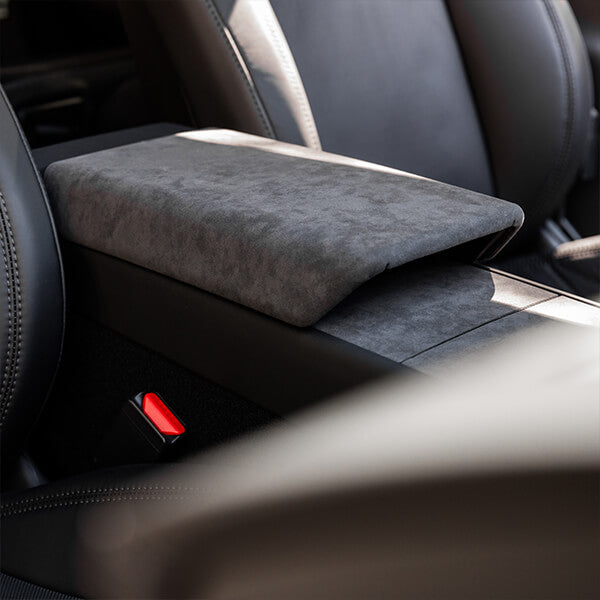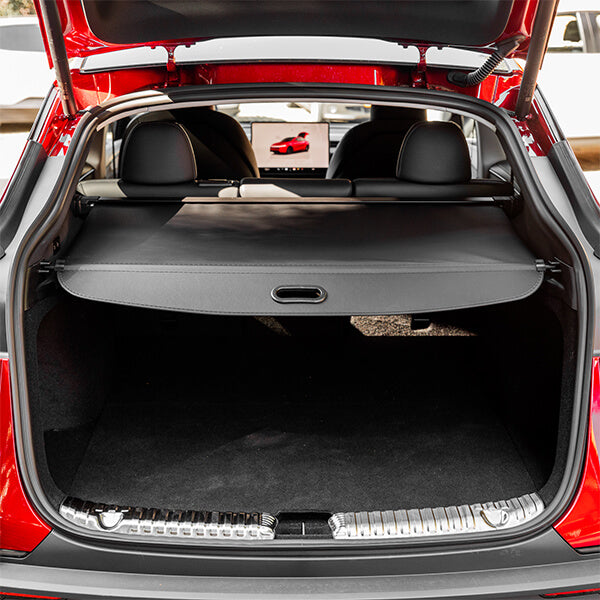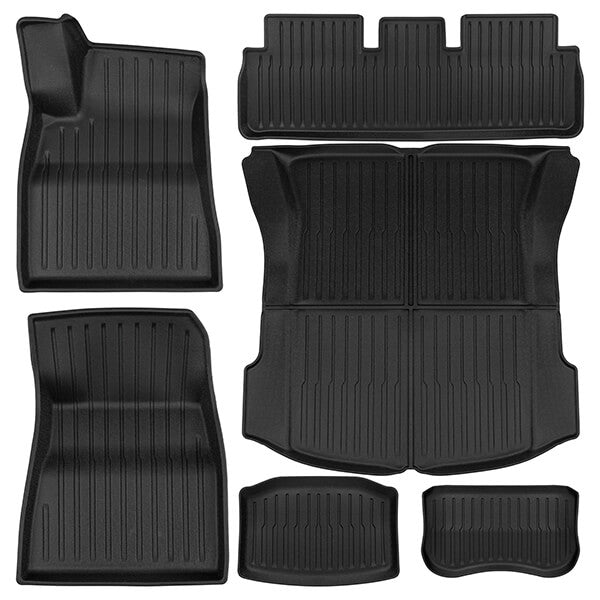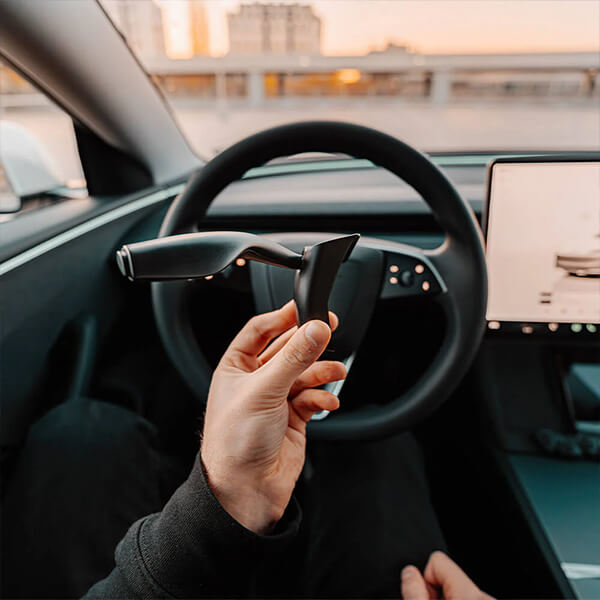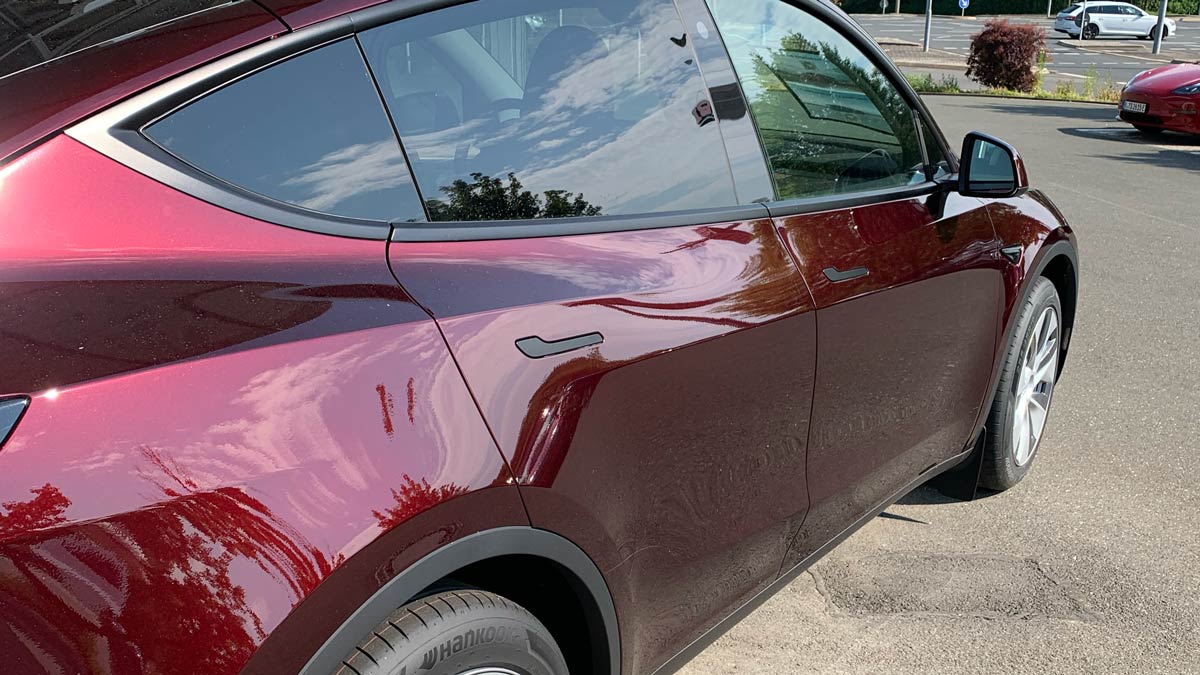The Tesla One Pedal Driving This is one of the great advantages of electric cars from America. It increases efficiency, makes driving more comfortable, and reduces wear and tear on "conventional" brakes.
In this article, we explain how to configure Tesla One Pedal Driving and discuss its advantages in more detail. We also take a look at its limitations – because even One Pedal Driving isn't perfect.
How does Tesla One Pedal Driving work?
One-pedal driving, i.e., driving using only the accelerator pedal, is called one-pedal driving. “regenerative brakes” Possible. This means that as soon as you take your foot off the accelerator, the electric motor acts as a generator and recovers energy, which recharges the battery a little.
This slows the vehicle without you having to use the brake pedal and therefore the actual brakes. So, apart from situations requiring emergency braking, you can drive without ever having to take your foot off the accelerator.
Tesla One Pedal Driving settings
Regenerative braking is enabled by default in every Tesla. So you don't need to do anything and can use One Pedal Driving immediately. However, there are Settings options, which allow you to influence the behavior of your Tesla.
You can find these on your touchscreen under Vehicle -&pedals && Steering. Tap on “regenerative braking system”. Here you can choose how strong the braking effect from the electric motor should be when you release the accelerator pedal. The options are “Standard” and “Low”.
Danger: This setting option is not currently available to all Teslas and may be reintroduced via a future update.
However, if you tap on "Stop Mode", you can define the behavior at very low speeds. There are three options here:
Hold
With this setting, your Tesla will brake to a complete stop as soon as you release the accelerator. Once you've come to a complete stop, the "normal" brakes will automatically engage – until you accelerate again. This mode thus enables full one-pedal driving, where the brake pedal never needs to be touched.
Creep
When creeping, your Tesla always rolls forward at a low speed and never comes to a complete stop – unless you press the brake pedal. It behaves like a combustion engine vehicle with an automatic transmission. One-pedal driving is only possible at speeds above approximately 5 km/h.
Roll
If you have activated "Coasting," your Tesla essentially goes into neutral at very low speeds. When you release the accelerator, the car is neither braked nor accelerated, but simply rolls freely.
The settings options are variable.
Important: These settings may change over time or may not be available for some models. Tesla has reduced and reintroduced options via updates in the past and will likely do so again in the future.
One-Pedal Driving Tesla: Advantages
But why should you use one-pedal driving at all and not continue using both pedals as before? Well, it's about... Comfort, safety, durability and efficiencyOnce you get used to it, it's very pleasant not to have to constantly switch between two pedals.
And if you do suddenly need to brake hard, your car will decelerate significantly in the time between releasing the accelerator pedal and applying the brake – a difference that can make all the difference.
Beyond safety and comfort, your brake pads They last significantly longer if used less frequently. This means less maintenance and therefore money saved. You can also save money because recuperation recovers energy and thus reduces your consumption.
System limitations
Unfortunately, regenerative braking and one-pedal driving are not perfect either; there are a few things to consider. For one, the strong deceleration when releasing the accelerator pedal in snow, ice, and heavy rain can lead to... Loss of traction This leads to increased braking performance. Therefore, it is recommended to set the regenerative braking system from "Standard" to "Low" in this weather.
Another drawback: If you never use your regular brakes, they will wear out. rust They are on and may be less powerful in emergency situations. Using the brake pedal occasionally is therefore not a bad idea. Here we have summarized why you should use your Tesla also brakes normally should and how you can counteract rust formation.
Finally, one-pedal driving differs significantly from... Driving experienceThis is something many people are used to from combustion engine vehicles. So, for those who buy a Tesla, the new feeling often takes some getting used to at first. However, this feeling is usually quickly overcome, and the driver learns to appreciate the advantages of the system.
Nevertheless, it's important to remember: Even though one-pedal driving generally works flawlessly, you should never rely on the system 100%. Always be prepared to brake manually – because in case of doubt, conventional brakes are always the most effective.
What experiences have you had with one-pedal driving? Let us know in the comments!

